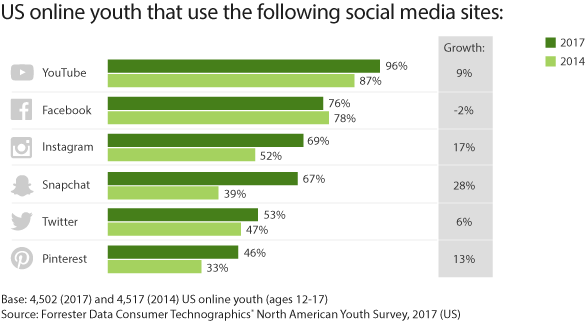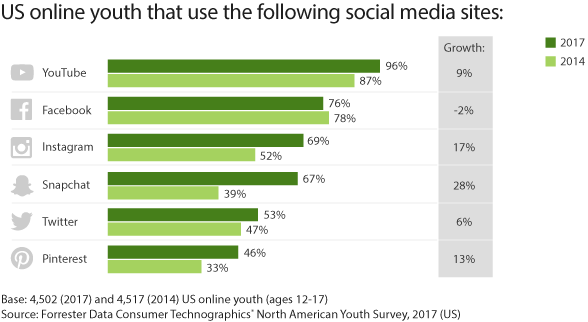Social
Late last year, I wrote an article for Vice News about whether humans can fall in love with artificial intelligence. Spoiler alert: We can. Normally, I’d link you to the webpage so you can read it to learn more, but in this case, I can’t. The article only appeared on Snapchat Discover, the daily magazine-like spread of stories meant to pique the interest of younger readers. So my article ran for one day before disappearing into the ether forever.
I have to say, after following Vice on Discover since the article went live, I’ve become rather infatuated with it as a channel. Just a few years ago, Vice would’ve wanted my article distributed on Facebook and Twitter. But the media world has changed a lot. Millennials and Gen Z audiences are constantly looking for the next thing.
Most teenagers I’ve spoken to only have a Facebook because their sense of internet identity depends on it. They need the page to establish an online presence but hardly check or maintain it. According to Forrester data analyst Anjali Lai, 34 percent of American kids between the ages of 12 and 17 think Facebook is for “old people.”
While teen usage has increased on YouTube, Instagram, Snapchat, Pinterest, and Twitter, Facebook is the only major social platform that lost users in that demographic.

So what’s taking teens away from Facebook? It could be the rise of multimedia. The platforms that grew the most offer a simple user experience dominated by videos, GIFs, and graphics. Facebook and Twitter have both prioritized visual content, but they’re still populated with plenty of text and links.
Look no further than YouTube, which tops this list. Ninety-six percent of all U.S. teens watch YouTube, where vloggers are modern day celebrities and role models. In fact, 70 percent of Generation Z consumes two hours of YouTube every day.
While I am still loyal to Facebook, I’ve come to terms with the fact that social media habits may be evolving. That doesn’t mean Facebook is in danger of becoming irrelevant anytime soon, but it does highlight the importance of knowing your audience. And if your audience was born after the year 2000, it’s time to look at producing more multimedia. Think video, lots of video. And if all else fails, go with GIFs.
Image by iStockphoto


